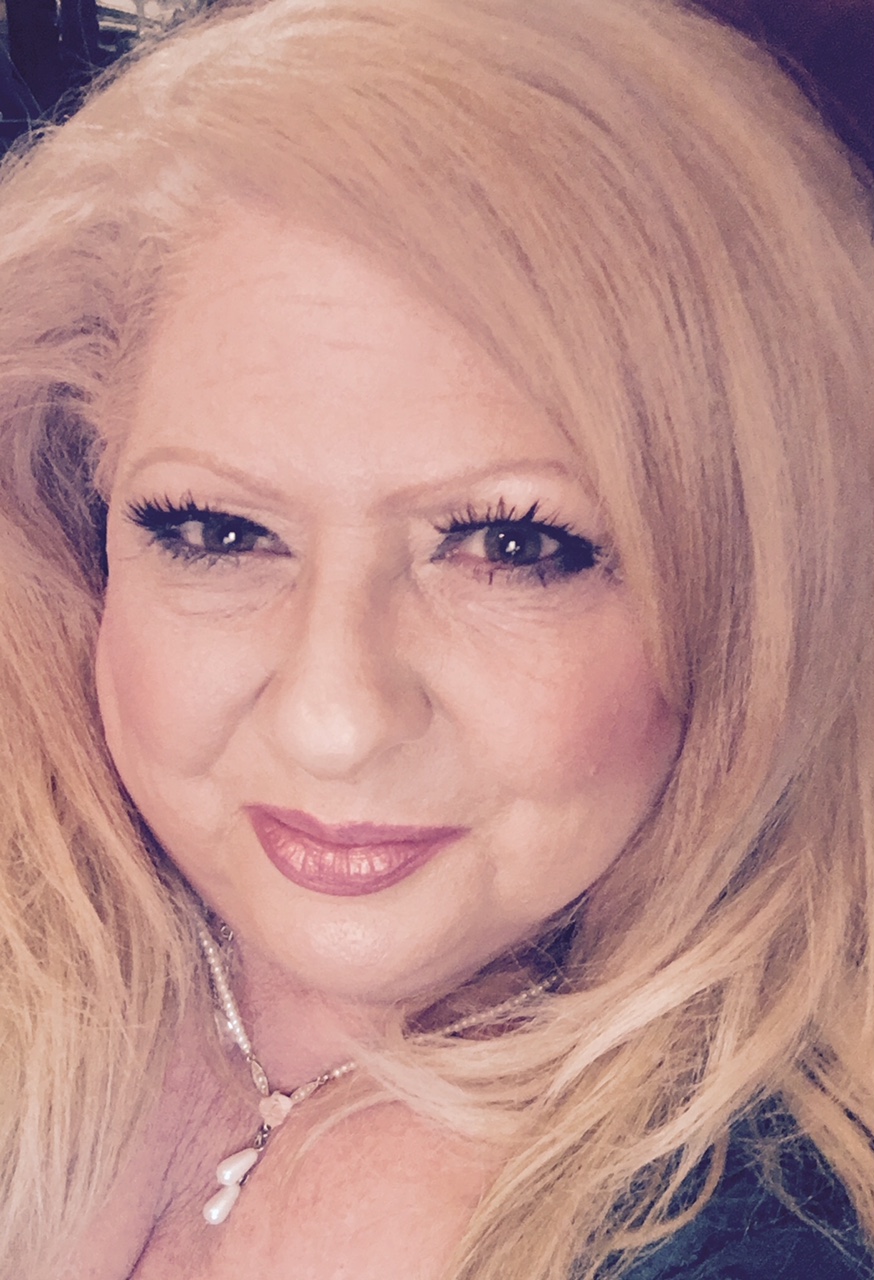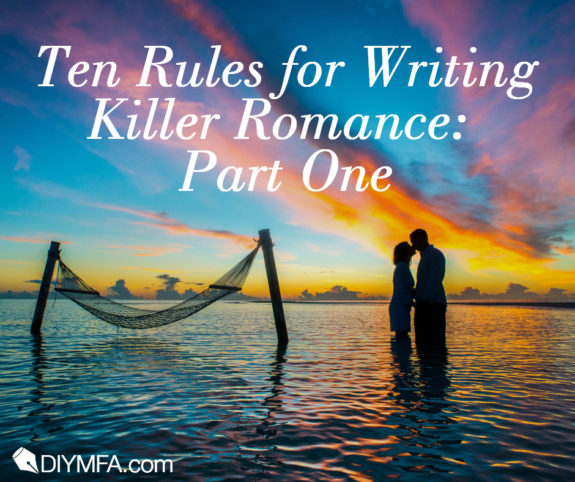Hi, I’m Tammy Lough, and I’m thrilled to be talking romance with you. Over my next three articles, we’re going to go over ten rules to help you craft a killer romance. Plant the soles of your Jimmy Choo’s on the floor and wiggle your backside. Let’s do the “Happy Dance.” Why? Keep this on the hush-hush, but romance writers have a killer edge over all the other genres. Did you know romance novels have existed since Ancient Greece? That is a whopping 2,818 trial-and-error years of past research to guide your creative juices as you weave exciting page-turners.
The following rules belong in the top tray of your romance writers toolkit. Let’s get started!
Rule 1) It’s All About The Lovers
This rule is black and white without one minuscule of gray. The main plot, without exception must be the relationship between the hero and heroine. Period.
We develop subplots to add meat and potatoes to our story, but the blossoming relationship, with clashes of conflict, mingled with peace and harmony―and a bit of steam depending on the sub-genre―is the reason fans pluck romance novels off shelves faster than Wonder Woman in Sketchers.
Plan an initial meet and greet for the hero and heroine by the end of chapter one. Depending on your plot, if this is not a possibility, arrange an introduction by the end of chapter three. Even if the first encounter lasts a mere minute or two, clue the reader in she is witnessing the main characters first “look-see.” The couple may have an immediate attraction, perhaps flirt, or they may do a once-over, and the heroine visualizes whacking him upside the head with a three-day-dead salmon.
Now, in no way does this attraction mean they have to resemble Ken and Barbie. Characters with physical disabilities, differences of opinion, or a mega-zit resembling a third eye also possess extraordinary qualities, value, and the capacity to give and receive love.
Rule 2) Love Connections Require Mind, Body, & Soul
Your hero and heroine must have chemistry. Electrify your main characters by making them exciting and bigger than life. Give them memorable personalities. The more detailed you know the hero, heroine, and any other substantial “cast members,” the richer your story.
The way to understand how your characters will react in any circumstance and remain true to their unique personality is to develop their back-story. What makes them tick, what angers your heroine, and why?
A heroine may say something in a conversation that may not be what she is thinking. How can you give your reader a heads up? No pun intended. Thrust her inside the point of view (POV) character’s thoughts by placing them in italics and first person POV. I hope he kisses me goodnight. The heroine’s inner dialogue leaves no question as to her true feelings.
Pull your reader into the story by immersing her in your character’s inner emotions. She is unable to lay your book down as she envisions the hero’s eyes seeking his lover’s soul. She visualizes him, perhaps a Norwegian Viking with lengthy, flowing blond hair and rigid, bulging muscles, and oh sorry, I got carried away. Anyway, your reader swears she felt a waft of heated breath upon her neck. She becomes mesmerized. As the heroine falls in love, many times so does the, excuse me while I swoon, reader.
Rule 3) A Romance Must Contain Conflict
What is the all-important page-turning reason two potential lovers do not meet on page one, fall in love on page two, and hustle up to the altar carrying that gargantuan bouquet on page three? Conflict. The circumstances that keep the couple apart.
To make conflict work, give the hero and heroine conflicting internal and external goals. This makes for a rollercoaster of obstacles as the characters butt heads until they realize a little teamwork goes a long way. The very foundation of your plot lies on internal goals of “I need” driving external goals of “I want.” I’m not talking about “no-big-deal” obstacles. No how, no way.
A romance reader wants the worst-case scenario made believable. She wants to witness the couple in such a heated argument she could chew nails and spit out a barbed wire fence. She craves their struggle, desires to shed a tear or twenty, and wants to swear and snarl as she rips the pages apart with her incisors.
The deeper you tug her emotions, the more invested she becomes, until she melds herself into the story, You have the power―with word choices, barriers as solid as granite, and conflict, to make your romance novel the best story she ever escaped inside―until your next novel hits the shelves.
There exist a million reasons for the popularity of romance novels, but I like to think the magic comes from the release of our humdrum “same shit different day” lives. An escape to a place in time where everything turns out all right, and true love prevails, and we celebrate the magic of:
Happily, Ever After
Next Up: Part 2 of “Ten Rules for Writing Killer Romance.”
 Tammy Lough is an award-winning author who loves writing romance and creating unique characters who burst with personality and frequent sprinklings of humor. She is a member of Romance Writers of America, Missouri Romance Writers of America, Saturday Writers, and Missouri Writers Guild where she serves as liaison. You can connect with Tammy on her website www.TammyLough.com.
Tammy Lough is an award-winning author who loves writing romance and creating unique characters who burst with personality and frequent sprinklings of humor. She is a member of Romance Writers of America, Missouri Romance Writers of America, Saturday Writers, and Missouri Writers Guild where she serves as liaison. You can connect with Tammy on her website www.TammyLough.com.







